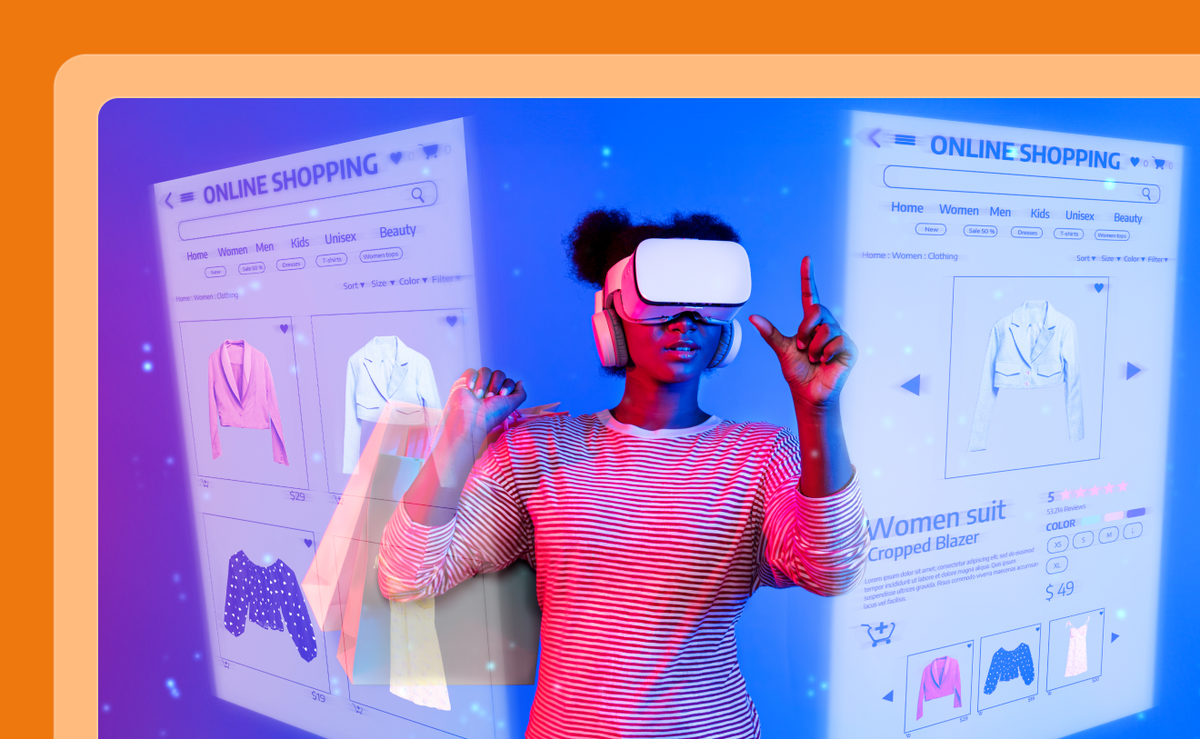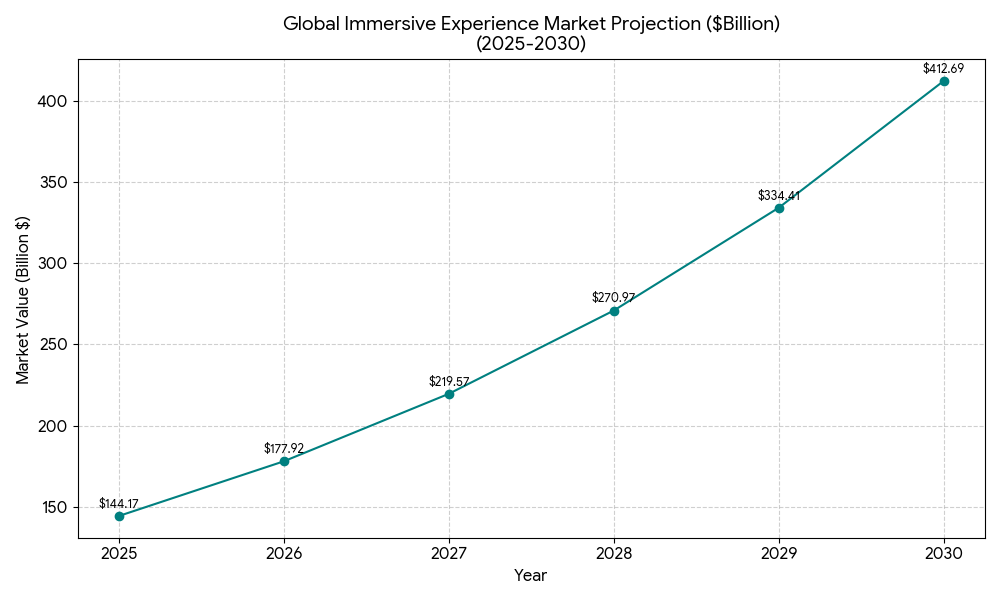Immersive marketing in 2025: how can brands adapt?
Immersive experiences are transforming how consumers engage with brands. In 2025, businesses that pair AR/VR innovation with real-time data insights will lead the way in engagement, personalization, and loyalty

Immersive experiences: what the data reveals
The global immersive experience market is projected to reach $144.17 billion by the end of 2025, growing at a compound annual growth rate (CAGR) of 23.41% through 2030.
This surge is driven by advancements in augmented reality (AR), virtual reality (VR), and mixed reality (MR), transforming how consumers engage with brands.

Traditional engagement models are losing ground
Businesses relying solely on conventional marketing strategies are facing diminishing returns.
Consumers, especially younger demographics, are gravitating towards experiences that offer interactivity, personalization, and emotional resonance.
Static advertisements and one-way communications no longer suffice in capturing attention or fostering loyalty.

Immersive experiences are redefining consumer expectations
The integration of immersive technologies is not just a trend but a paradigm shift in consumer behavior.
For instance, Apple's Vision Pro headset is set to deliver live "immersive" broadcasts of NBA games, providing users with courtside perspectives previously unattainable through traditional broadcasts. Such innovations highlight the growing consumer demand for experiences that transcend passive viewing.
Moreover, industries are increasingly adopting immersive technologies. The Indian Army's collaboration with IIT Bhubaneswar aims to enhance defense capabilities and simulation training through AR, VR, and AI, underscoring the versatility and potential of immersive technologies across sectors.
Growing demand for immersive experience
Leveraging data to craft immersive strategies
For businesses to effectively tap into the immersive experience market, data-driven strategies are essential. Rwazi provide real-time consumer insights across over 40 markets, enabling companies to understand regional preferences, behavioral patterns, and emerging trends.
By integrating these insights, businesses can design immersive experiences that resonate with target audiences, ensuring relevance and engagement.
For example, understanding that AR adoption is higher in urban areas can inform decisions on where to launch AR-based campaigns. Similarly, recognizing that certain demographics prefer VR experiences can guide content development and distribution strategies.
The future is immersive and data-driven
As the immersive experience market continues its rapid expansion, businesses that harness the power of data to inform their strategies will be best positioned to lead in 2025 and beyond.
By aligning technological innovations with consumer insights, companies can create compelling, personalized experiences that drive engagement and loyalty.





